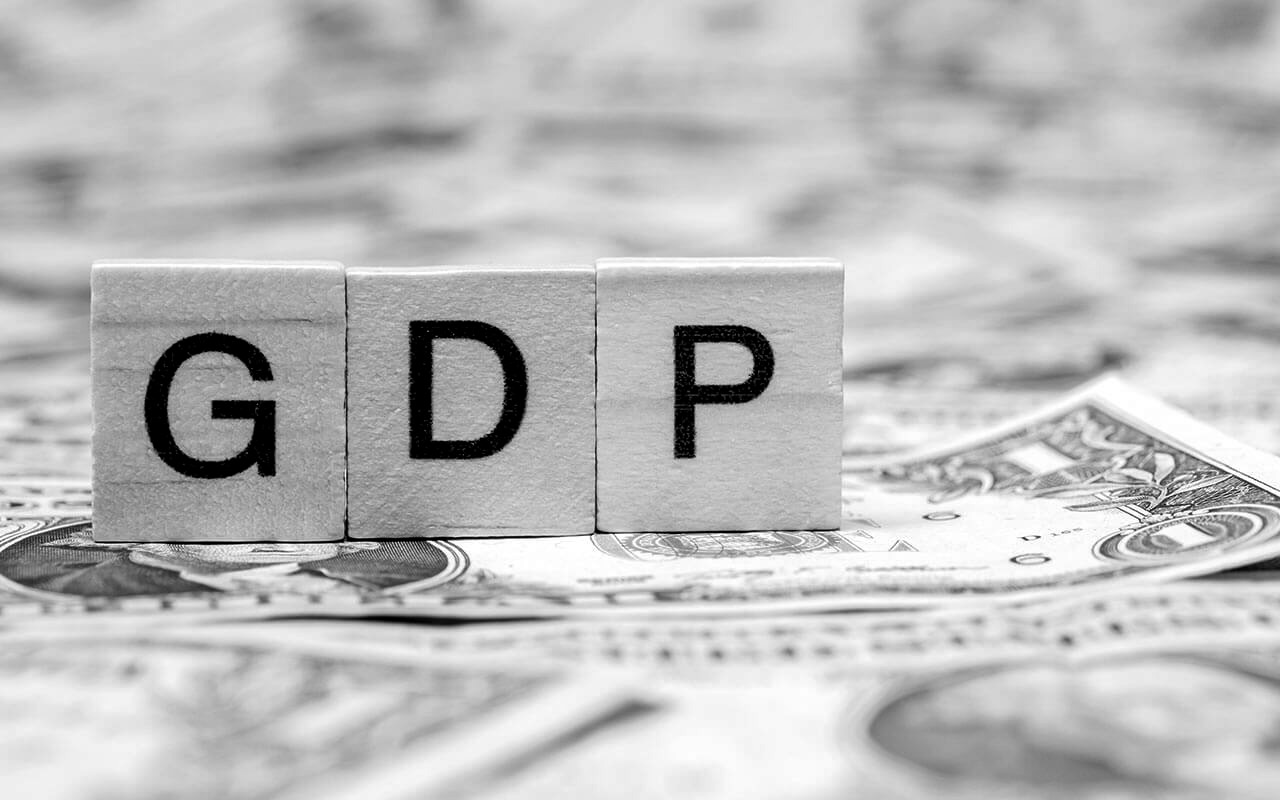Definition:
Dividend yield is a ratio, expressed as a percentage, that compares a company’s annual dividend (the total amount of dividends paid by the company in the last financial year) to its share price.
What is the dividend yield?
The dividend yield is a tool for comparing a company’s dividend to its share price. It is the annual dividend divided by the share price, where the annual dividend can either be the total dividend paid in the last financial year, the most recent dividend multiplied by four (reflecting four financial quarters), or the total dividend paid in the last four quarters per share.
A high dividend yield can mean that a stock brings investors a tidy sum compared to its share price. However, higher dividends do not always indicate high investment potential. Dividend yields tend to change most in response to fluctuations in a company’s share price, rather than based on its dividend value.
For example, a company whose shares are suddenly falling in value may have a very high dividend yield, or a company whose share price is rising rapidly may have a low dividend yield. This helps to show why it is important to use dividend yields as just one tool for evaluating potential investments.
How do I determine the dividend yield?
The dividend yield is the percentage determined by dividing a company’s total annual dividend by its share price. To calculate a company’s dividend yield, we need to calculate its total annual dividend and then divide it by the share price at a certain point in time.
For example, consider Apple’s dividend yield for 2022. Apple’s total annual dividend can be determined in several different ways:
– Taking Apple’s most recent dividend and multiplying it by four (since Apple pays four dividends a year).
– By adding up Apple’s last four quarterly dividends.
– By adding up the four dividends for Apple’s last completed financial year (aka fiscal year).
For this example, we add up Apple’s last four dividend payments to calculate its annual dividend and its closing share price on 7 May 2023 to calculate its share price.
Let’s calculate: Apple’s annual dividend = the sum of the four dividends paid by Apple for the year: 23 cents paid in the last 4 quarters *4 = $0.92 annual dividend
Apple share price of 7 May 2023 = $172.89
Annual dividend of $0.92 divided by share price of $172.89 = yield of 0.53%
Dividend yield vs. total yield
Dividend yield is one component of the total return equation, which is a way of quantifying the total monetary benefit or detriment of investing in equities.
The total return is the sum of the dividend yield (if the shares pay dividends) plus the percentage change in the share price.
Total return percentage (over a period of time) = % dividend yield + % price change over that period.
For example, if a share yields a dividend yield of 3% and its shares increase by 7% this year, the total yield would be 10%.
The total yield can also be negative. If a share pays a dividend of 2%, but its value has fallen by 7%, the total return will be -5%.
The total return can change frequently and significantly depending on a company’s share price. It can also change, for example, in response to significant changes in that company’s dividend, which will affect the dividend yield.
Dividend yield vs. payout ratio
The payout ratio and dividend yield are two different ratios that can be useful tools when evaluating potential equity investments. The payout ratio shows what percentage of a company’s profits that company spends on dividends (it is calculated by dividing the annual dividend per share by the company’s earnings per share). Meanwhile, the dividend yield is the amount of dividend on a stock divided by its price.
What are the limits to the dividend yield?
High dividend yields do not always correlate with sound investments. Dividend yields depend both on the amount of the company’s dividend and on its share price, which can change suddenly and dramatically. As a result, dividend yields can suddenly increase (if the stock falls) or decrease (if the stock rises).
However, in these cases, a high dividend yield may not correlate with a positive company trajectory and a low dividend yield may not correlate with a negative company trajectory.
A company’s dividend yield may also become less accurate to calculate as more time passes since the company last paid a dividend or declared a dividend (e.g., a company’s plans to reduce its dividend yield may indicate how an investor assesses the relevance of its last dividend calculation).
It helps to show why it is important to consider many indicators and signals when evaluating potential equity investments. Here are a few indicators other than dividend yields which can be useful when valuing a stock:
1. The company’s profit and revenue growth story.
2. Dividend history of the company (if it pays any)
3. Company debt and debt history.
4. A company’s credit rating (aka creditworthiness of the company).
Which companies have high dividend yields?
It is important to calculate the dividend yield for each individual company to understand how one dividend-paying stock compares to another. However, there are some patterns in the characteristics of companies that tend to have high or low dividends. Here are three common patterns among companies with high dividend yields:
Maturity
Companies that are more established and stable tend to have higher dividend yields. These are often consumer companies that see sustained demand from consumers that is not affected by seasonal changes.
Certain sectors
Think about core products and services. Examples of these types of companies are those that sell products that people use widely and frequently and are reluctant to cut back on their budgets, even under personal financial stress or in a weak economy. Examples of such products are consumer packaged goods such as food, drink or hygiene products, and products such as tobacco or alcohol. Utility companies are another example of services that tend to enjoy stable demand and high dividend yields.
Companies with income management
Some companies, such as REITs (real estate investment trusts), business development companies and general limited partnerships, are usually set up in such a way that the US Treasury requires them to pass most of their profits to shareholders. As part of this requirement (the company does not have to pay taxes on the income it sends to shareholders in the form of dividends, but the shareholder must account for this income in their taxes as ‘ordinary’ income). Because these companies have such high dividends, they tend to have high dividend yields as a result.
Note on technology shares
Many technology companies do not offer dividends at all. Among those that do, the general rule remains that the more mature a company is, the higher its dividend yield.















